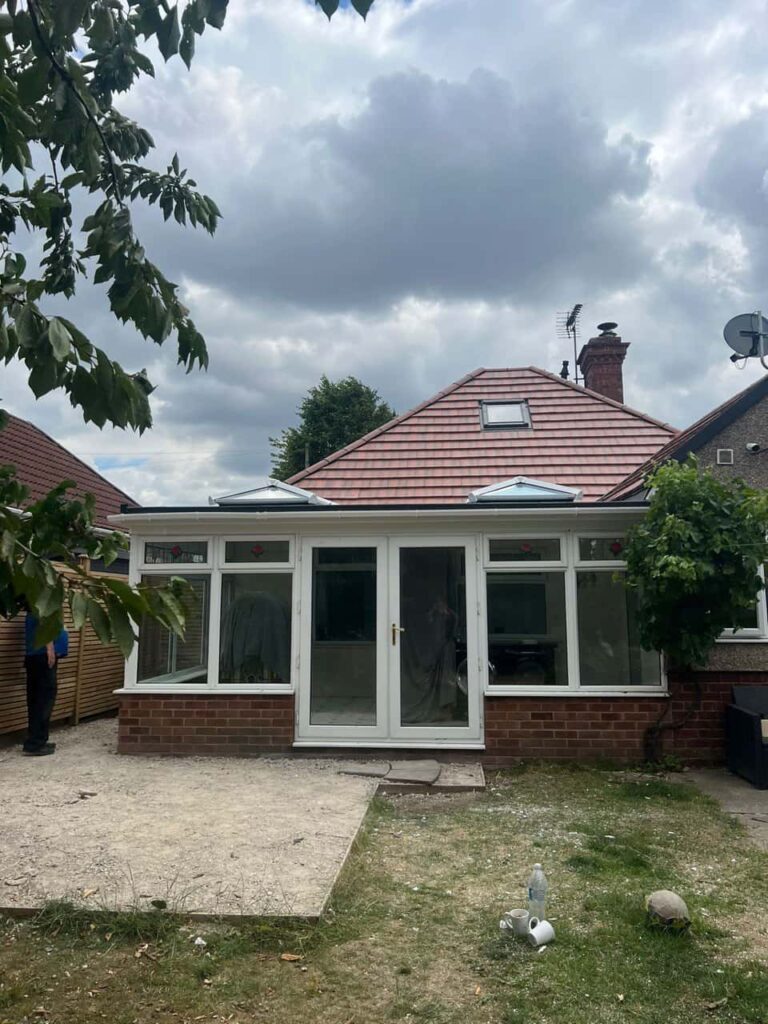For many homeowners, the word “emergency” is enough to trigger panic—especially when it comes to their roof. Whether it’s a major leak, storm damage, or structural failure, emergency roof repairs are stressful, disruptive, and often costly. However, what most people don’t realise is that many of these urgent issues are entirely preventable with the right planning and upkeep.
At LS Roofing Wallingford, we’ve worked with countless property owners across Oxfordshire who were caught out by roofing problems that had been quietly developing for years. In this article, we’ll explain why emergency repairs happen, how to spot early warning signs, and what you can do to prevent them before they escalate.
The Hidden Risks That Lead to Emergency Repairs
Roofs are often out of sight and out of mind—until something goes wrong. Most emergencies stem from neglect, delayed maintenance, or small issues left unresolved. Over time, these minor faults can compound and eventually lead to sudden failure, particularly during severe weather or seasonal changes.
Common causes of emergency roof repairs include:
- Loose or missing tiles left unrepaired
- Blocked or overflowing gutters causing water to back up
- Undetected leaks that weaken internal structures
- Cracks in flashing around chimneys or skylights
- Wind-lifted materials exposing underlay or timber
Each of these problems often begins as a minor issue—easily addressed if caught early. The real trouble starts when they’re left alone.
Why Prevention Is Always Better Than the Cure
Preventative roof care isn’t just about spotting problems; it’s about creating a reliable system of maintenance that keeps your home protected all year round. In a place like Wallingford, where seasonal shifts can bring rain, frost, and wind, roofing systems must be prepared to cope with varying conditions.
Key advantages of proactive maintenance:
- Reduces the risk of unexpected failures
- Extends the overall lifespan of your roof
- Improves insulation and energy efficiency
- Avoids water damage to ceilings, walls, and loft insulation
- Helps preserve the resale value of your home
Ultimately, prevention is less invasive, less expensive, and far less stressful than waking up to a soaked ceiling or collapsed tiles.
Signs Your Roof Needs Attention—Before It’s Too Late
It’s not always obvious when a roof is in trouble, but there are subtle signs that can serve as early warnings. Paying attention to these can help you act before damage worsens.
Watch for:
- Damp spots on ceilings or internal walls
- Drips or puddles in the loft after rain
- Moss or algae growth on tiles (can trap moisture)
- Tiles that appear cracked, slipped, or out of line
- Sagging or soft spots along the roofline or gutters
- Rust stains on flashing or around fixings
By keeping an eye on these areas, you’ll be in a much stronger position to maintain control over your roof’s health.
When and How to Carry Out Preventative Maintenance
The best time to assess your roof is during dry, mild weather—typically in spring or early autumn. This gives you a clear view of the condition without the interference of rain or snow. It also provides a window for any repair work to be scheduled well before winter sets in.
Simple preventative steps include:
- Clearing gutters and downpipes of leaves and debris
- Replacing damaged or missing tiles promptly
- Checking flashing and seals around roof penetrations
- Looking for signs of animal nests or plant growth
- Ensuring roof ventilation is clear and functional
While some homeowners do occasional checks themselves, it’s best to have a professional inspection carried out every couple of years. This ensures hard-to-see problems are picked up and dealt with early.
The Cost of Waiting: What Can Go Wrong
When routine checks are skipped, or when visible damage is ignored, the risks escalate quickly. A tiny leak today can lead to saturated insulation, damaged ceilings, and even structural weakening tomorrow.
Some of the more severe consequences of neglected roofing include:
- Internal rot in rafters and battens
- Compromised electrical wiring from water ingress
- Damage to interior décor, furnishings, and paintwork
- Mould and mildew growth due to trapped moisture
- In extreme cases, partial roof collapse
These are not only dangerous—they can also significantly impact the comfort and livability of your home.
Why Local Expertise Matters
Properties in Wallingford and the wider Oxfordshire area face specific challenges: fluctuating weather patterns, older building styles, and roofing materials that may have aged differently. Working with a local team that understands the environmental and architectural context of your home makes a real difference.
At LS Roofing Wallingford, we bring that local knowledge to every inspection and repair, helping you make informed decisions about your roof and avoid costly surprises down the line.
Conclusion
Roof emergencies may feel like they come out of nowhere—but in most cases, they’re simply the result of overlooked maintenance. By investing in regular checks and addressing small issues promptly, you can avoid the stress, disruption, and damage of urgent roof repairs.
If it’s been a while since your roof was last assessed, now is the time. At LS Roofing Wallingford, we’re committed to helping local homeowners stay ahead of problems—not react to them. Contact us today and take the smart step towards a safer, stronger roof.
Call us on: 01491 527 591
Click here to find out more about LS Roofing Wallingford
Click here to complete our contact form and see how we can help with your roofing needs.

